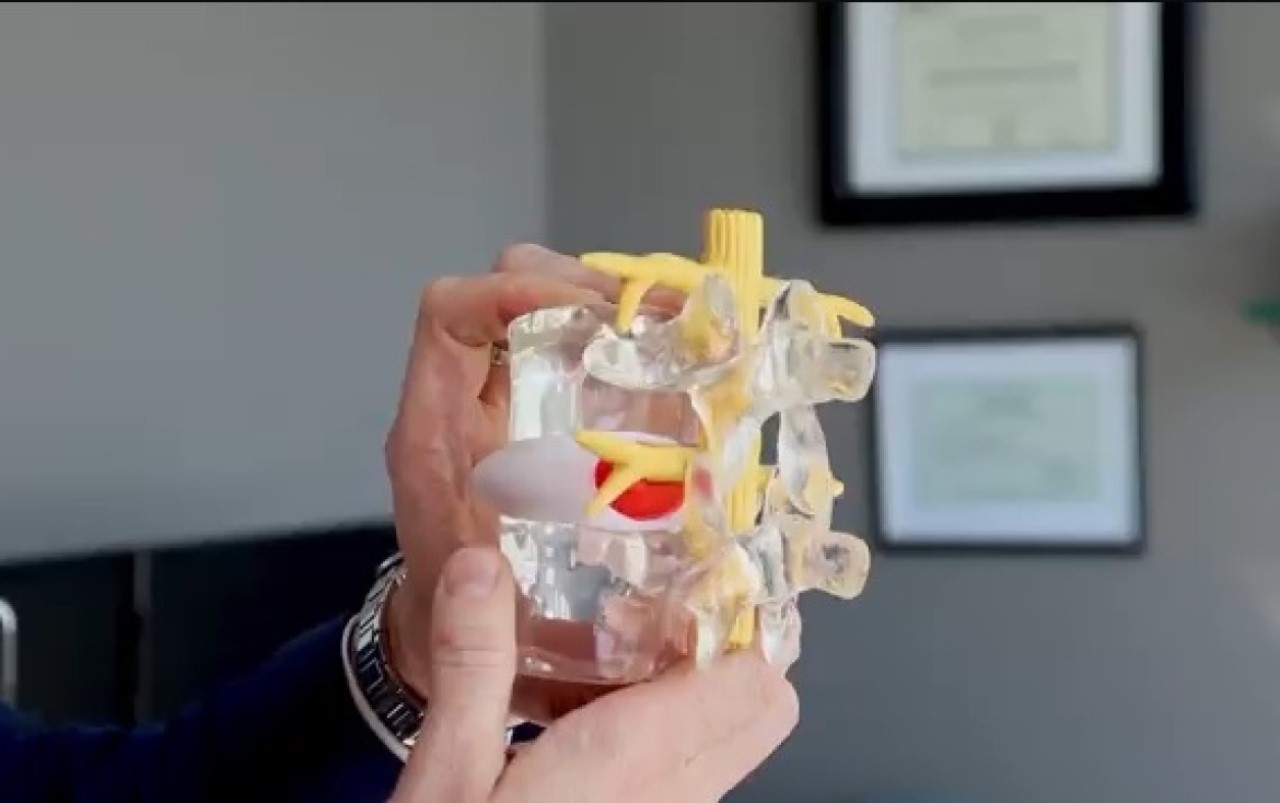Thinking of Getting Spinal Decompression Top 10 Questions Answered
An article to help you understand unanswered questions regarding non-surgical spinal decompression

Top 10 Questions Consumers Have When Seeking Spinal Decompression Therapy
Spinal decompression therapy has garnered attention as a non-invasive solution for back pain relief. As interest in this treatment grows, so do the questions from potential patients. Here, we address the top 10 questions consumers have when considering spinal decompression therapy.
What is Spinal Decompression Therapy?
Spinal decompression therapy involves stretching the spine using a non-surgical spinal decompression table. The goal is to relieve back pain and promote healing of bulging, degenerating, or herniated discs. This method creates negative pressure within the disc, encouraging retraction or repositioning of the herniated disc material and allowing increased nutrient exchange to foster healing.
How Does Spinal Decompression Work?
The process gently pulls the spine to create space between the vertebrae, reducing pressure on the spinal discs and nerves. This decompression improves blood flow and nutrient exchange, promoting disc healing and pain relief. The therapy typically involves multiple sessions over several weeks.
Who is a Good Candidate for Spinal Decompression Therapy?
Ideal candidates include individuals with:
– Herniated or bulging discs
– Degenerative disc disease
– Posterior facet syndrome (worn spinal joints)
– Sciatica (pain, weakness, or tingling down the leg)
– Injured or diseased spinal nerve roots
However, it is not suitable for everyone. People with severe osteoporosis, spinal fractures, tumors, or metal implants in the spine may not be eligible. A thorough medical evaluation is necessary to determine suitability.
What Conditions Can Spinal Decompression Treat?
Spinal decompression therapy can treat a variety of conditions, including:
– Chronic lower back pain
– Neck pain
– Sciatica
– Herniated or bulging discs
– Degenerative disc disease
– Spinal stenosis
Is Spinal Decompression Therapy Painful?
Most patients find spinal decompression therapy to be painless and even relaxing. During treatment, a gentle stretching sensation is felt in the spine. The device used can be adjusted to ensure patient comfort. Some may experience mild muscle soreness after the initial sessions, similar to what might be felt after starting a new exercise routine.
How Long Does Each Session Last?
Each spinal decompression therapy session typically lasts between 25 to 30 minutes. Treatment plans generally involve 20 to 28 sessions over a 6 to 8 week period. The exact duration and frequency depend on the individual’s condition and response to therapy.
Are There Any Risks or Side Effects?
Spinal decompression therapy is generally safe, but like any treatment, it carries some risks. Potential side effects include:
– Temporary muscle soreness or spasms
– Mild discomfort during or after the sessions
– Rarely, worsening of pain
It is essential to undergo treatment under the supervision of a qualified healthcare provider to minimize risks.
How Much Does Spinal Decompression Therapy Cost?
The cost of spinal decompression therapy is too variable to determine, it can be based on the equipment being used, location, provider, and the number of sessions required. On average, a single session may range from $50 to $250. Some insurance plans may cover part of the cost, but it is crucial to check with your provider and insurance company for specifics.
What Should I Expect During the First Visit?
During the first visit, the healthcare provider will:
– Conduct a thorough medical history and physical examination
– Discuss your symptoms and previous treatments
– Explain the spinal decompression process
– Determine if you are a suitable candidate for the therapy
If deemed appropriate, a personalized treatment plan will be created, and the first session may begin.
How Soon Will I See Results?
Many patients report feeling some relief after just a few sessions, but optimal results typically take several weeks of consistent treatment. The timeline for improvement varies depending on the severity of the condition, adherence to the treatment plan, and individual response to therapy.
Conclusion
Spinal decompression therapy offers a promising non-surgical option for those suffering from chronic back and neck pain. By addressing the top questions consumers have, individuals can make informed decisions about whether this treatment is right for them. Always consult with a healthcare professional to determine the most appropriate course of action for your specific needs.
